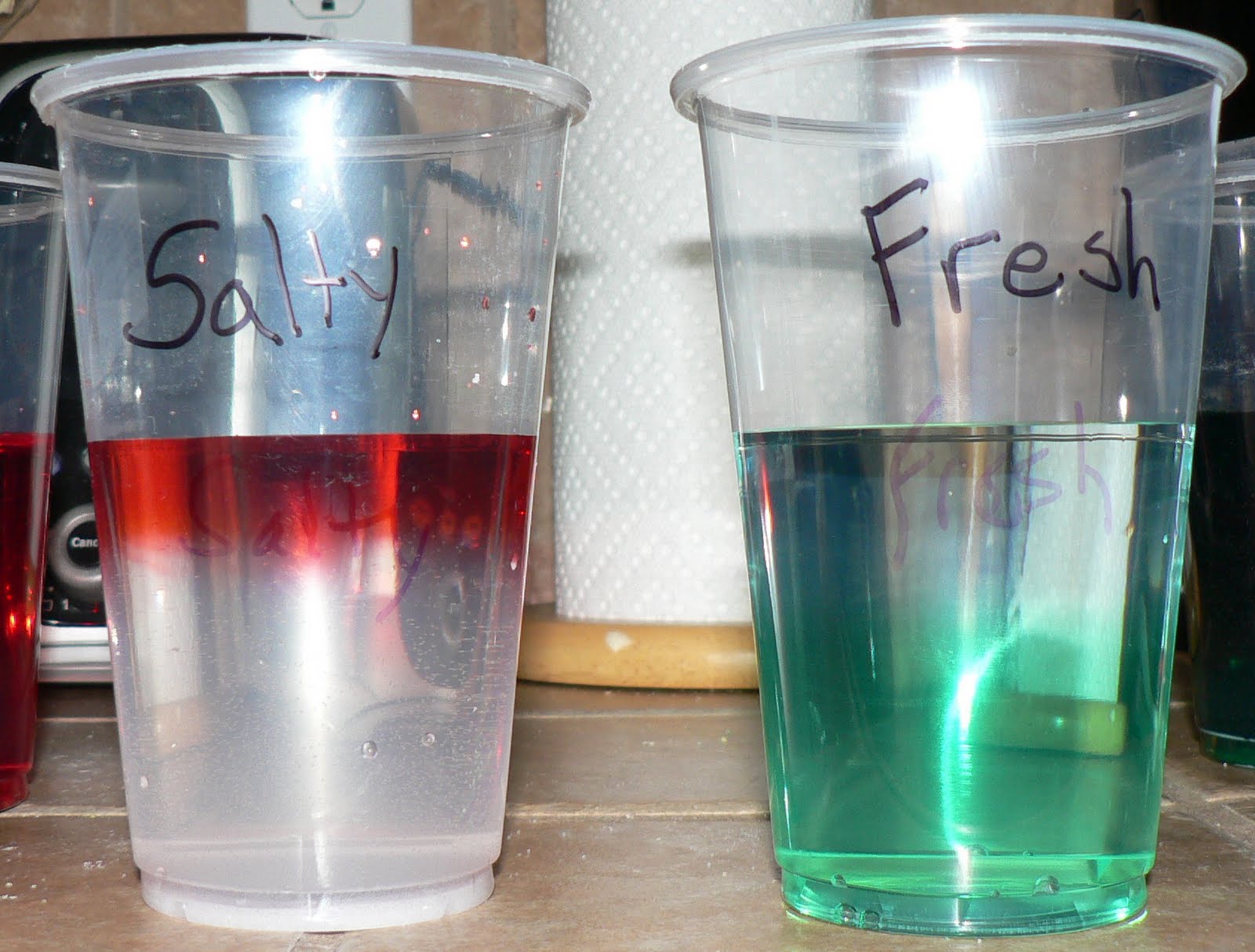
The Ultimate Guide to Choosing the Right Type of Salt for Your Koi Pond
Introduction
Koi ponds are a beautiful addition to any backyard or garden. But, keeping your koi happy and healthy requires some care and attention. One of the most important factors in maintaining good water quality for your koi is knowing what kind of salt to use. In this article, we will guide you through the different types of salt and help you choose the right one for your koi pond.
Why Do You Need Salt in Your Koi Pond?
Salt is an essential mineral for your koi’s health and well-being. It helps regulate the osmotic pressure in their bodies and prevents parasitic infections. Salt also helps to reduce stress and improve gill function, which can be especially beneficial in outdoor ponds that experience fluctuations in temperature and water quality.

Types of Salt for Koi Ponds
When it comes to choosing the right type of salt for your koi pond, there are three main options: rock salt, solar salt, and sea salt.
Rock Salt
Rock salt is the most common type of salt used in koi ponds. It is mined from underground salt deposits and contains impurities such as calcium, magnesium, and sulfate. These impurities can contribute to hard water and may cause scaling on your pond’s surfaces.
Solar Salt
Solar salt is produced by evaporating seawater or brine in shallow pools using the energy of the sun. It is a purer form of salt than rock salt and contains fewer impurities. This makes it a good choice for koi ponds, as it can improve water quality without contributing to hard water or scaling.

Sea Salt
Sea salt is made by evaporating seawater and is similar in composition to solar salt. However, it is typically more expensive and may not be necessary for most koi ponds. Sea salt is often used in marine aquariums, where the saltwater environment needs to closely mimic the natural habitat of ocean fish.

How to Add Salt to Your Koi Pond
Before adding salt to your koi pond, you should test the water to determine the current salinity level. Ideally, the salinity should be between 0.1-0.3%, or 1-3 parts per thousand (ppt).
To add salt, first calculate the volume of your pond. Then, use a salt calculator to determine how much salt to add based on the desired salinity level. You should gradually add the salt over a period of several days, to avoid shocking your fish. You can add the salt directly to your pond, or dissolve it in water and slowly pour it in around the edges.

Conclusion
Choosing the right type of salt for your koi pond is an important decision that can impact the health and well-being of your fish. By understanding the differences between rock salt, solar salt, and sea salt, you can make an informed decision that suits the needs of your pond. Remember to test the salinity level before adding salt, and to add it gradually over several days. With the right care and attention, your koi pond can thrive for years to come.